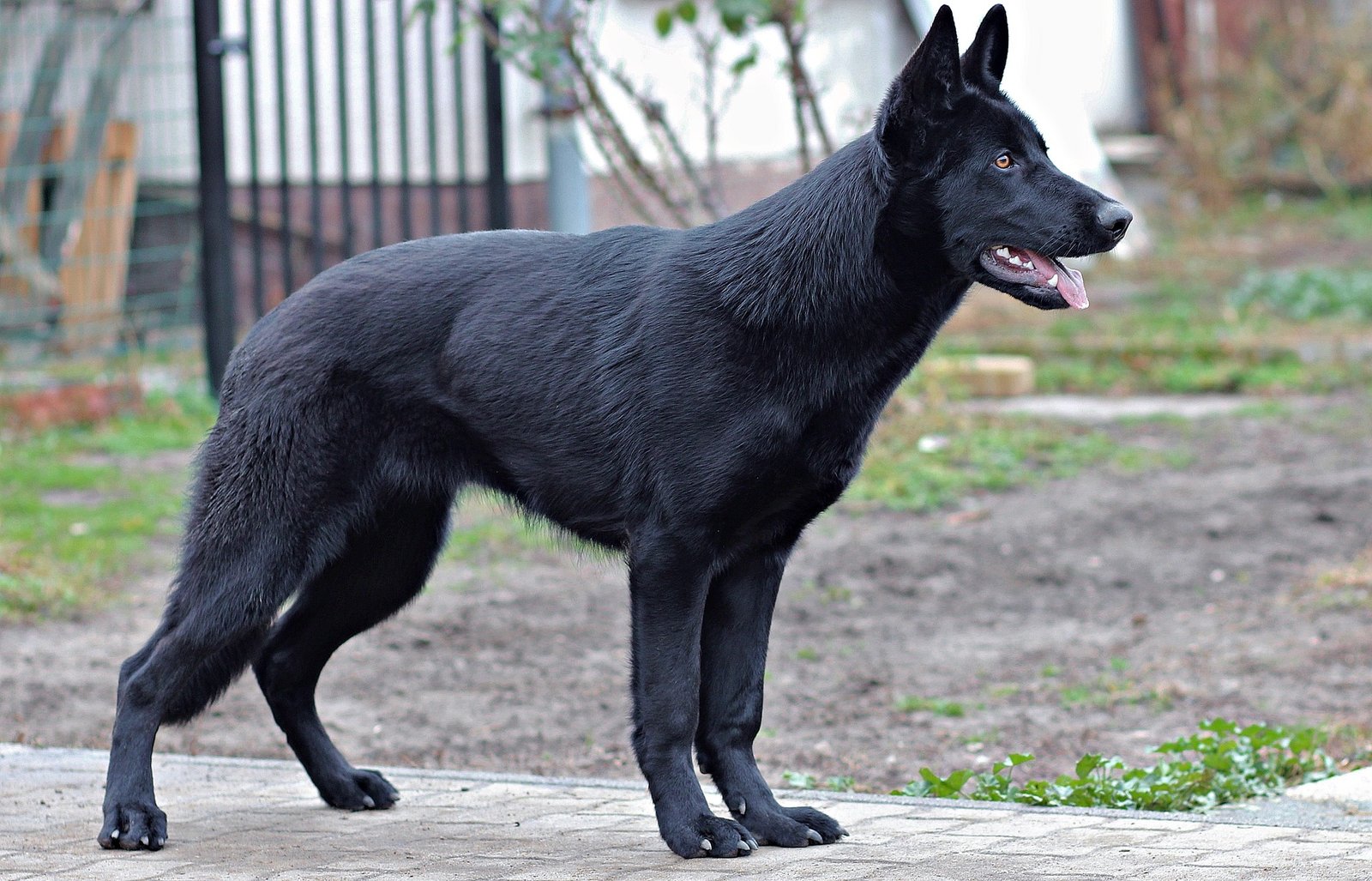Some dog breeds carry reputations that spark fear or judgment—but not always for fair reasons. Media portrayal, misunderstood behaviors, and biased legislation often paint certain breeds like Pit Bulls or Rottweilers in a negative light. In truth, many so-called “dangerous” dogs are loyal, affectionate, and incredibly trainable when raised in the right environment. However, some breeds do have strong instincts, guarding traits, or high energy levels that can pose challenges if mishandled. It’s not just about the breed—it’s about the upbringing, training, and commitment from the owner. Understanding the root causes of fear and dispelling myths is the first step toward fair treatment. A little education goes a long way in giving all dogs the chance they deserve.
Media Hysteria and Sensational Headlines

When a news story breaks about a dog attack, it seems like the breed is always front and center — and often, it’s the same few names trotted out every time. Headlines scream about “vicious Pit Bulls” or “dangerous Rottweilers,” fueling panic and reinforcing deep-seated fears. The reality is, these stories tend to focus on shock value, not context. For every one dramatic headline, there are thousands of peaceful, loving dogs of the same breed who never make the news. But the damage is done: sensational reporting sticks in our minds, feeding stereotypes that can last for generations.
That kind of media bias is powerful. It shapes public opinion in ways most of us don’t even notice. Even people who’ve never met a certain breed might find themselves crossing the street to avoid one. This isn’t just unfair — it’s misleading, and it robs wonderful dogs of the chance to be seen for who they really are. Imagine if every human mistake made headlines with their hometown or background as the culprit! It’s a sobering thought, and a reminder to look past the hype.
Historical Use in Guarding or Fighting

Some dog breeds have roots that trace back to guarding property, livestock, or even people. Others were bred for fighting, whether in blood sports or as protectors against predators. Breeds like Dobermans, Bull Terriers, and Mastiffs were designed to be alert, protective, and physically imposing. Over time, these traits have been twisted into something sinister in the public imagination.
But just because a dog was once bred to guard or fight doesn’t mean it’s inherently dangerous today. In fact, many of these loyal breeds are gentle giants at heart, happiest curled up with their human families. The trouble is, history lingers. People see a hulking Rottweiler or a muscular Staffordshire Bull Terrier and instantly think of aggression, rather than loyalty or affection. We forget that, often, the most “feared” dogs were once trusted protectors — not monsters.
Misunderstood Behavior and Body Language
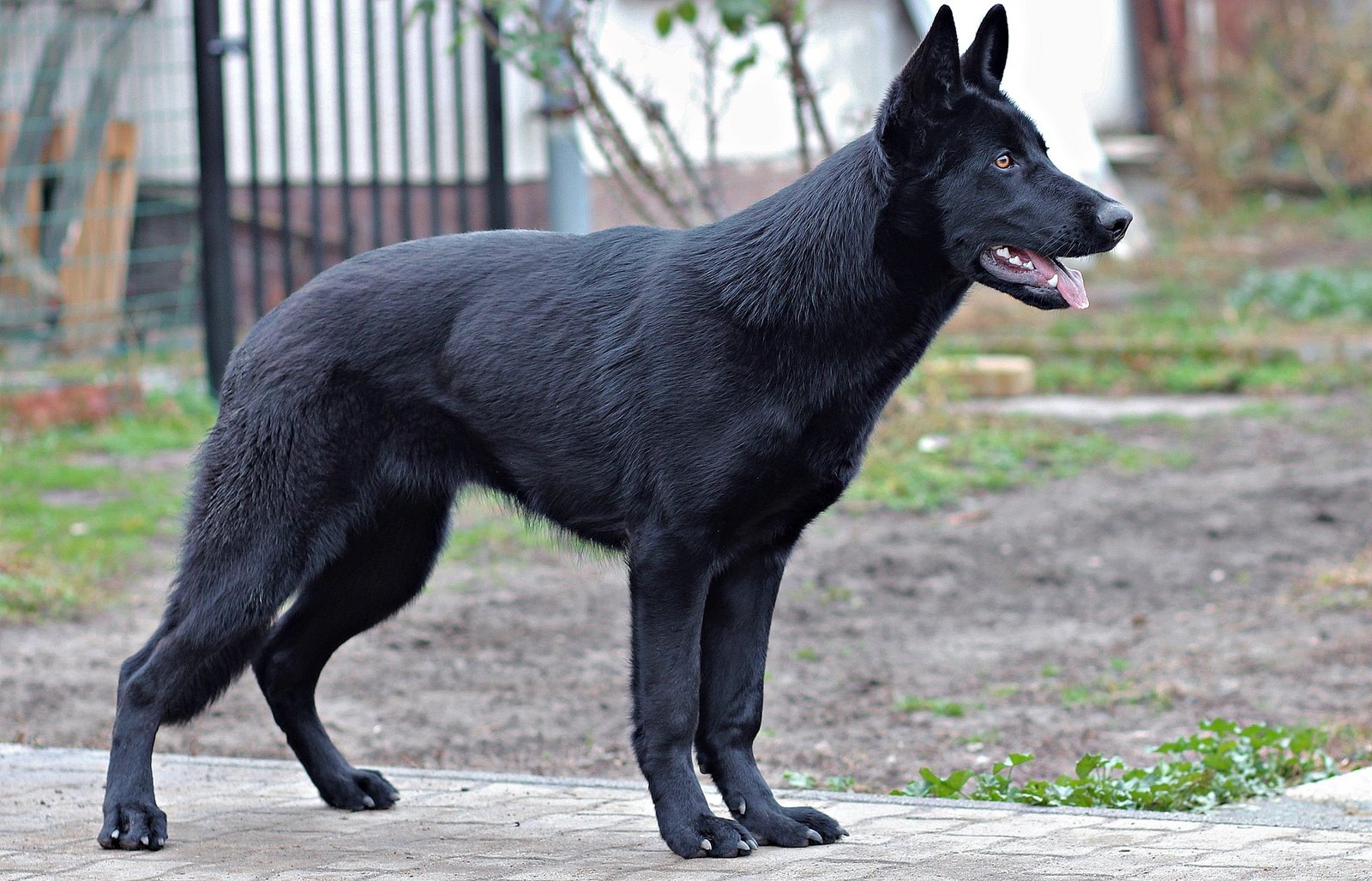
Dogs “talk” with their bodies, not their words. But what happens when people misinterpret these signals? A wagging tail doesn’t always mean a dog is happy, and a deep bark isn’t always a sign of aggression. Unfortunately, breeds with intense, expressive body language — think German Shepherds with their upright ears and alert stances — can come off as intimidating, even when they’re just curious or excited.
Misreading a dog’s body language can lead to fear and, sometimes, overreaction. People might see a Boxer’s playful bounce as threatening, or mistake a Husky’s piercing stare for a challenge. This lack of understanding can make certain breeds seem unpredictable or “scary,” even though they’re just being themselves. If only everyone spoke a little more “dog,” we’d see just how much is lost in translation.
Size and Strength That Intimidate

Let’s face it: big dogs can be intimidating, especially to people who aren’t used to them. Imagine being a small child looking up at a Great Dane or Saint Bernard — it’s like seeing a friendly horse! But size alone doesn’t equal danger. Still, when a powerful breed is involved in an incident, the results are more likely to be serious simply because of their strength.
This fear of size is often generalized to the breed as a whole. People assume that any large, muscular dog is a potential threat, regardless of personality. But anyone who’s ever been slobbered on by a 150-pound Newfoundland knows that gentleness can come in giant packages. The trick is learning to see past the muscles and meet the dog inside.
Breed-Specific Legislation and Bans
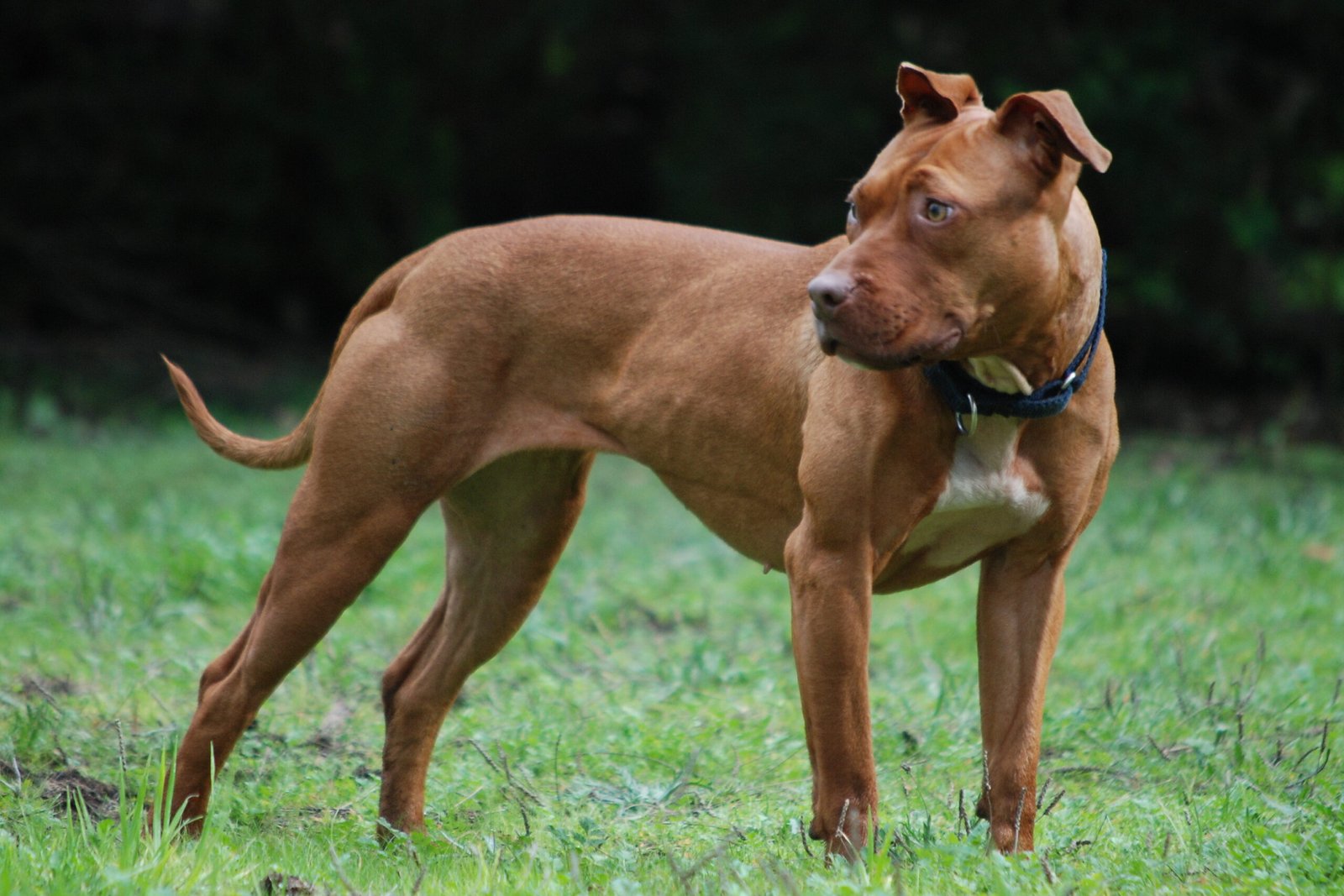
In response to public fear, many cities and countries have enacted breed-specific legislation (BSL), banning or restricting certain breeds outright. The intent is to protect the public, but the result is often heartbreaking. Breeds like Pit Bulls, Presa Canarios, and even some types of Shepherds have been targeted, regardless of their individual temperaments.
These laws don’t just break up families — they reinforce the idea that certain dogs are “bad” by nature. Yet, research shows that BSL doesn’t actually reduce dog attacks overall. Instead, it punishes responsible owners and loving dogs, while the real issues — irresponsible breeding and poor training — go unaddressed. It’s a classic case of blaming the messenger instead of fixing the message.
Irresponsible Ownership and Lack of Training
A powerful dog in the wrong hands can be a recipe for disaster. When owners don’t take the time to properly train and socialize their pets, any breed can become unpredictable or even dangerous. Sadly, some people are drawn to “tough” breeds for all the wrong reasons, using them as status symbols or, worse, tools of intimidation.
When things go wrong, it’s the breed that gets the blame, not the owner’s choices. But training and socialization are crucial for every dog, regardless of size or heritage. A well-loved Rottweiler or American Bulldog can be as gentle as a lamb, while a neglected or abused Chihuahua can become a little terror. It all comes down to the hands that guide them.
Unfair Stereotypes Passed Down Through Generations
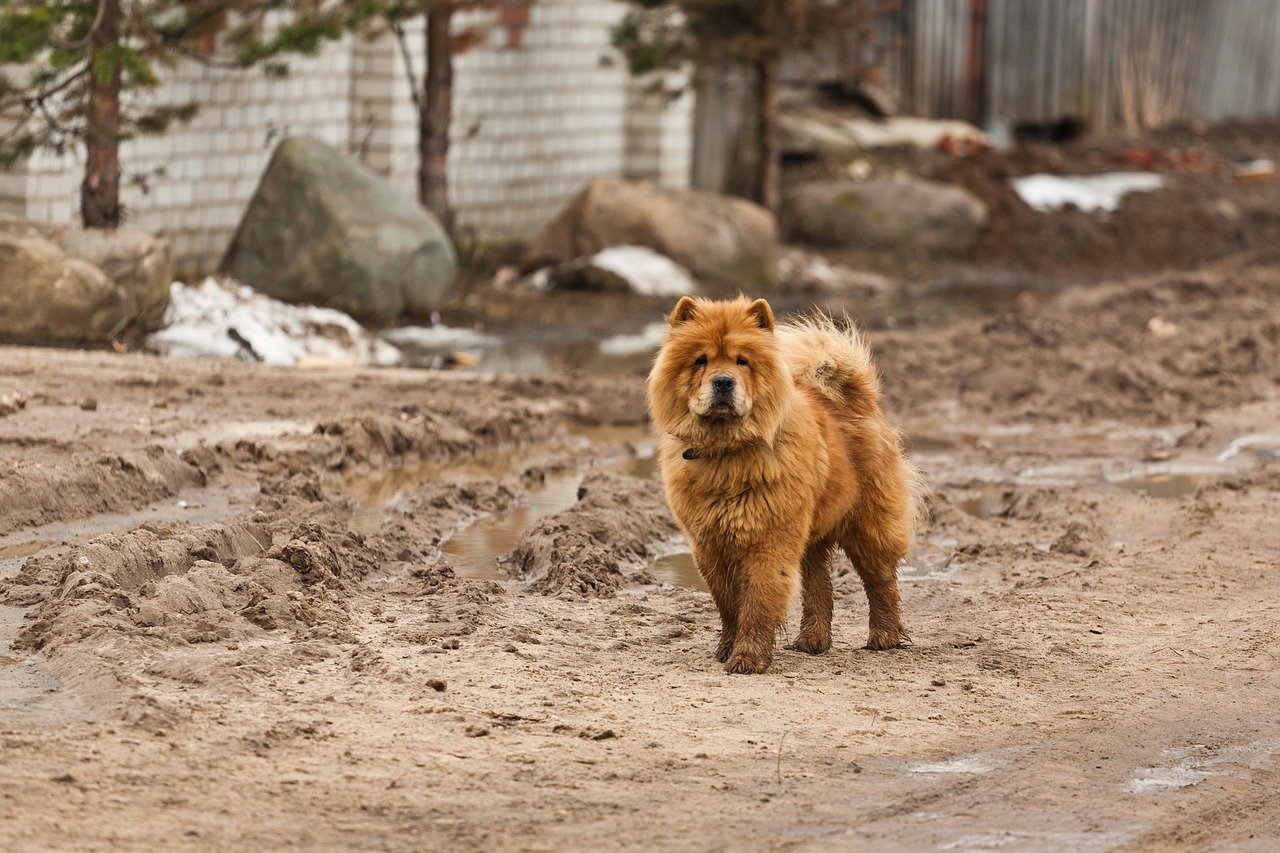
Stories stick. Maybe your grandma told you to watch out for Dobermans, or your neighbor warned you about Chows. These warnings can become “truths” over time, even if there’s little real evidence behind them. Stereotypes are stubborn things — once people believe a breed is dangerous, it’s hard to change their minds.
This cycle of fear is passed down, sometimes without anyone even realizing it. Kids grow up hearing the same stories, and soon entire communities are wary of certain dogs. But when you actually spend time with these breeds, you often find sweetness, goofiness, and endless loyalty — not the monsters of legend.
High-Profile Attacks That Haunt Public Memory
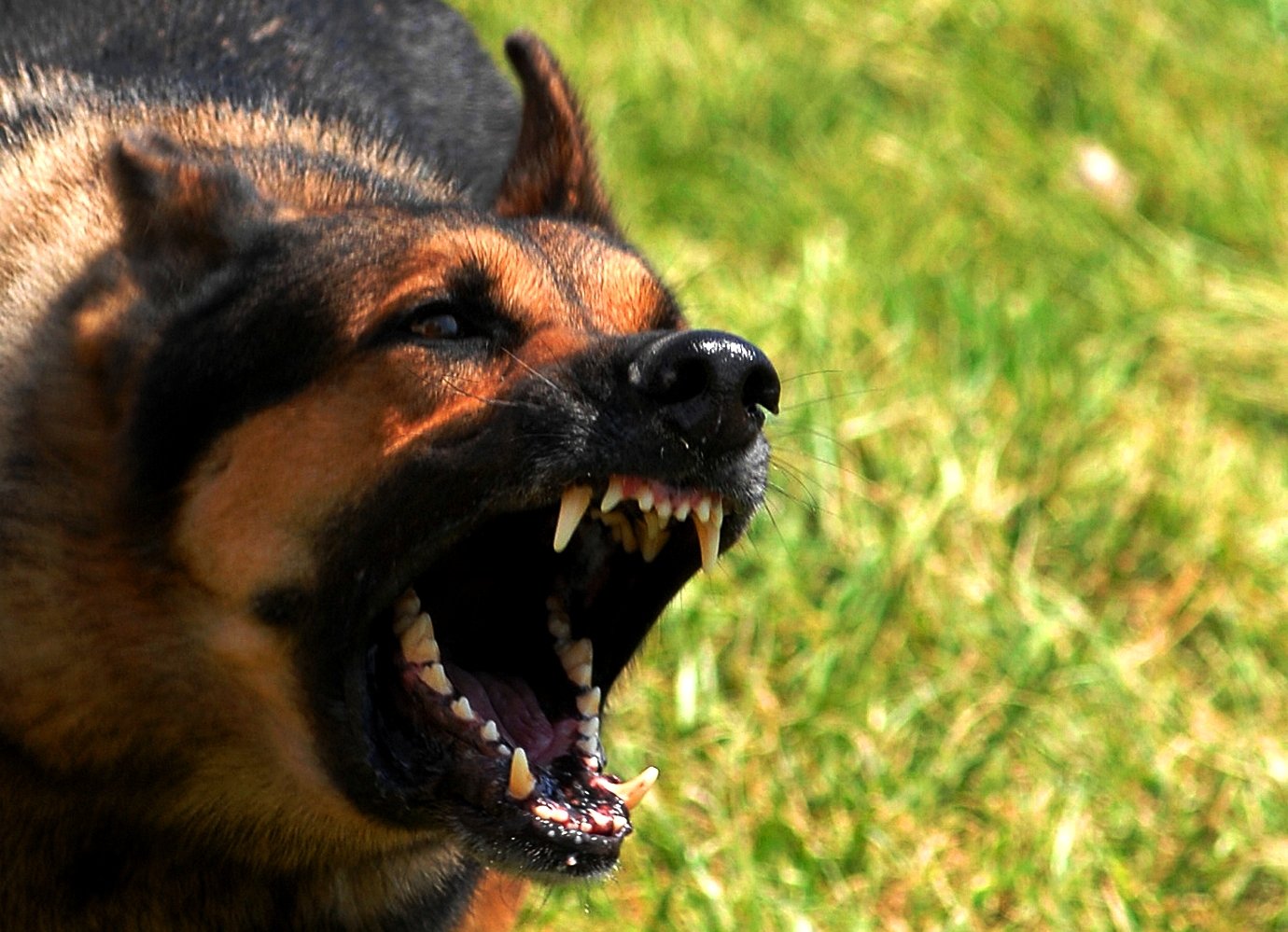
Sometimes, a single event can cast a long shadow. High-profile attacks, especially when they involve children or vulnerable adults, leave deep scars on the public psyche. Breeds involved in these tragedies are often vilified, even if the circumstances were unique or the dog’s background was troubled.
It’s human nature to look for patterns, to seek out reasons for senseless events. But focusing on the breed alone misses the bigger picture: most dogs, regardless of type, never harm anyone. Yet the memory of a single, tragic attack can stain an entire breed for decades, making it hard for the public to see past the fear.
Social Media Echo Chambers and Viral Myths
Today, a rumor can travel around the world in seconds. Social media has amplified myths and horror stories about certain breeds, often without any fact-checking. Photos of “dangerous” dogs go viral, and dramatic stories get shared thousands of times, even if they aren’t true.
This digital game of telephone means that old stereotypes get new life, over and over again. It’s easy for people to get swept up in the fear, sharing stories that reinforce their own worries. The real challenge is cutting through the noise and finding the truth: that most dogs, no matter their breed, just want to love and be loved.
The Power of Personal Experience
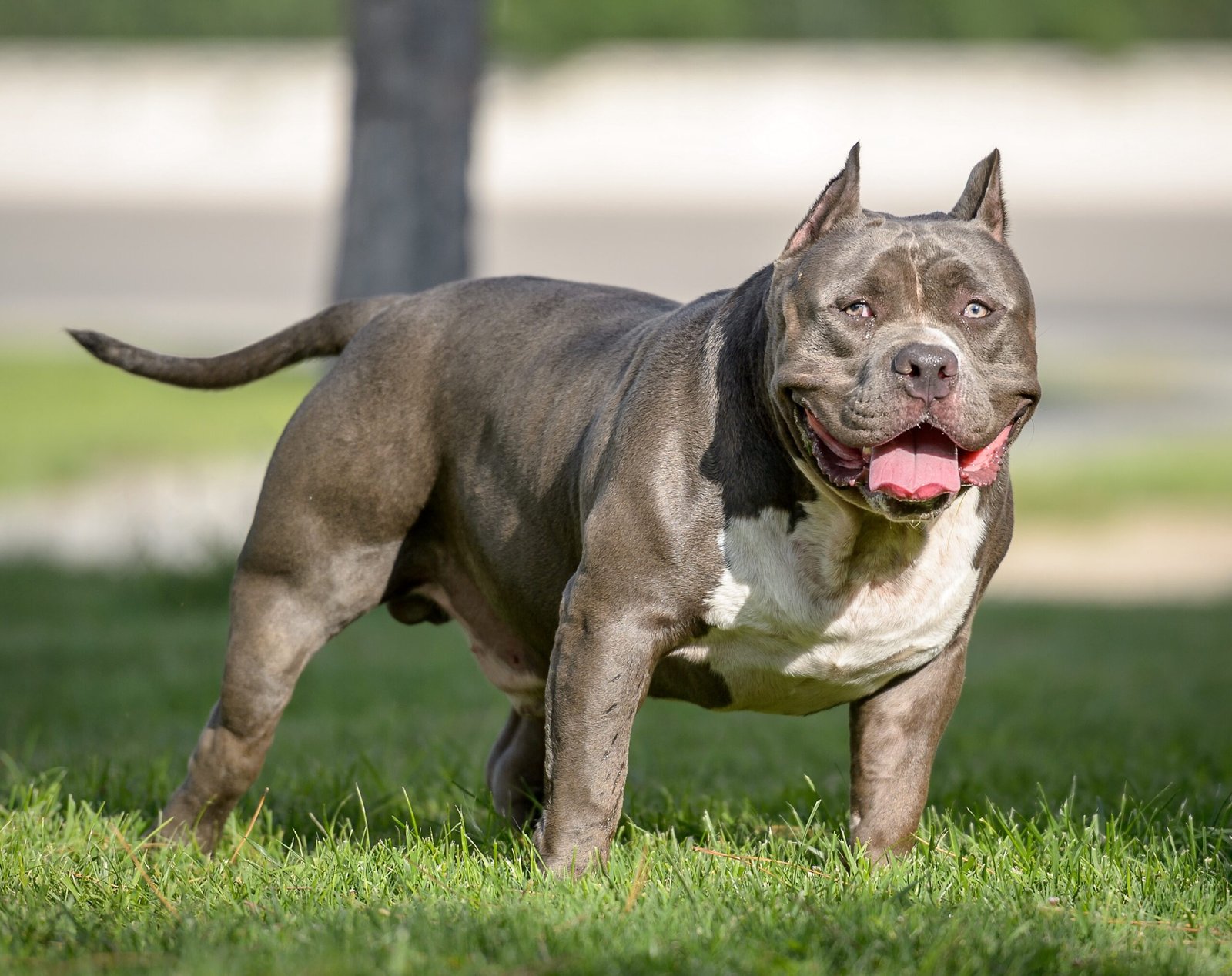
In the end, nothing breaks down fear and prejudice like personal experience. Meeting a “scary” breed and discovering their gentle, goofy side can be a revelation. For many dog lovers, that moment of connection is all it takes to turn fear into understanding — and even advocacy.
There’s something magical about watching a so-called “dangerous” dog melt into a puddle for belly rubs, or seeing a child run laughing with a Pit Bull at the park. These moments remind us that every dog is an individual, shaped more by love and care than by any label. Maybe the real lesson is to look with our hearts, not just our eyes.
At the end of the day, it’s not just about the breed—it’s about the bond, the training, and the environment we provide. Some dogs get a bad rap for traits that can be managed with patience and the right guidance, while others may genuinely need experienced hands. Understanding the difference is key. With awareness and responsibility, we can replace fear with empathy and give every dog the chance to thrive.

Linnea is a born and bred Swede but spends as much time as possible in Cape Town, South Africa. This is mainly due to Cape Town’s extraordinary scenery, wildlife, and atmosphere (in other words, because Cape Town is heaven on earth.) That being said, Sweden’s majestic forests forever hold a special place in her heart. Linnea spends as much time as she can close to the ocean collecting sea shells or in the park admiring puppies.

